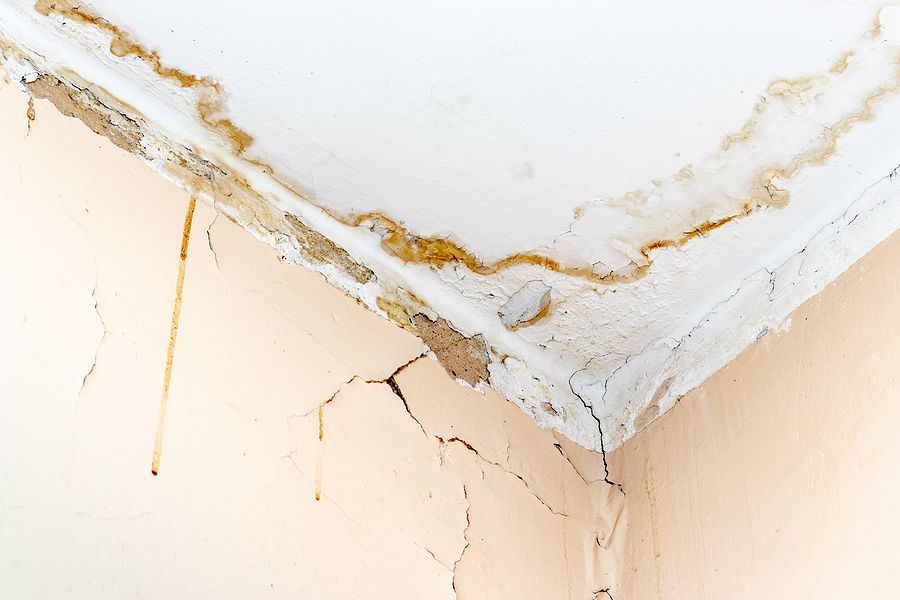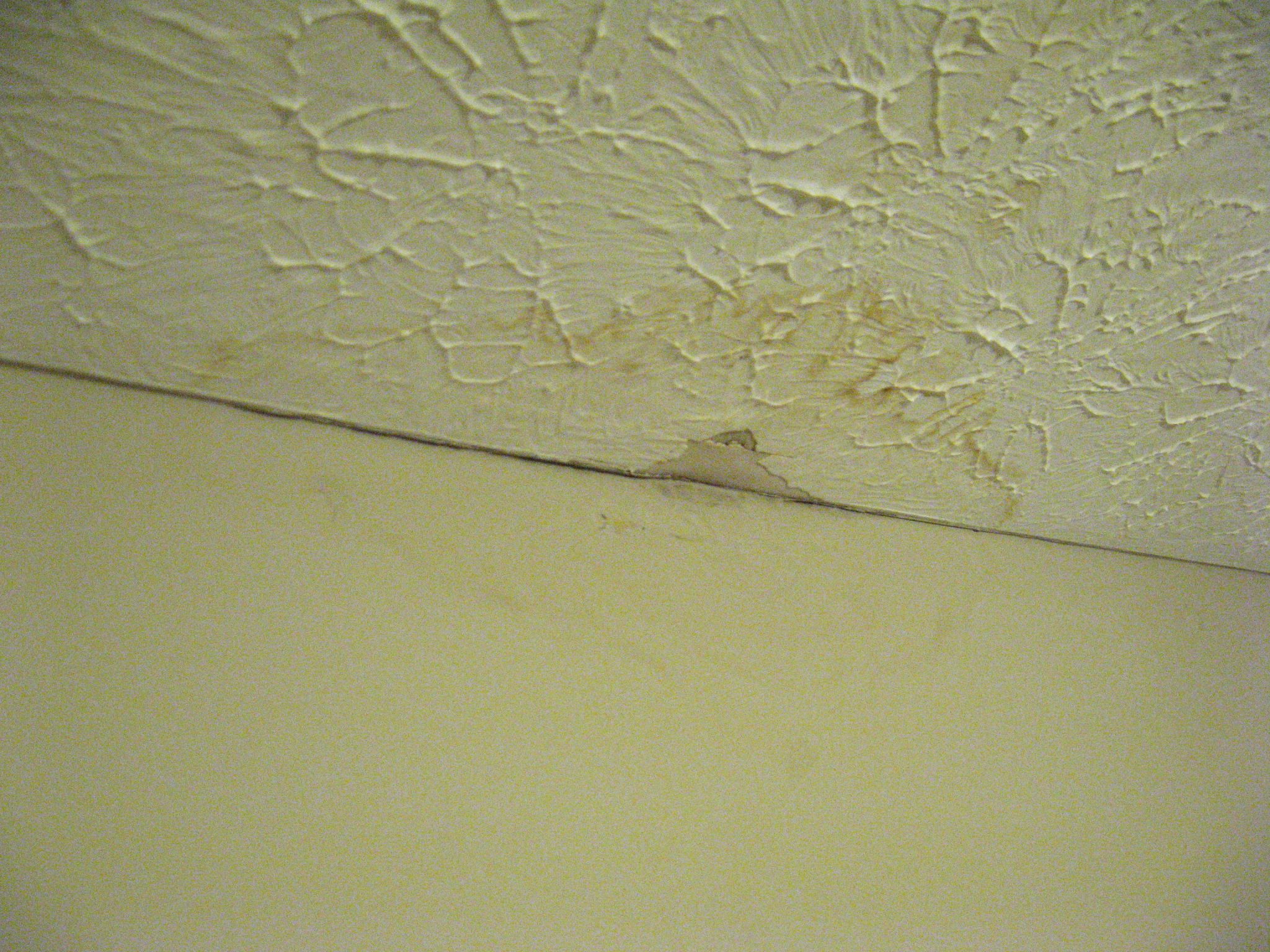The Six Most Common Water Leaks in Your Home: How They Happen and What to Do
The Six Most Common Water Leaks in Your Home: How They Happen and What to Do
Blog Article
Here in the next paragraph you might get additional amazing advice about How to detect water leaks in your home.

Leakages not just cause waste of water yet can also create unnecessary damage to your house as well as advertise undesirable organic growth. By recognizing as well as looking for daily situations that create leaks, you can safeguard your residence from future leakages and unneeded damage.
Instantaneous temperature adjustments.
Severe temperature changes in our pipelines can cause them to broaden and get unexpectedly. This expansion as well as contraction might cause fractures in the pipes, particularly if the temperature level are below freezing. If you kept an eye on how your plumbing works, it would certainly be best. The visibility of the previously stated circumstances often shows a high danger.
Rusty water supply
As time passes by, your plumbing system ages as well as deterioration such as corrosion may start gnawing the pipes. This may be the root cause of staining or warping on your water pipes. This requires an examination with your plumber right away. If our plumbing system is old, consider replacing the pipes considering that they go to a greater risk of corrosion than the newer versions.
Faulty Pipe Joints
The point at which your pipes attach is often the weakest web link in the waterline. Pipeline joints can wear away over time, resulting in water leaks. The bulk of pipe joints are not quickly visible. If you have noisy pipes that make ticking or banging sounds, particularly when the warm water is switched on, your pipe joints are most likely under a lot of pressure. It is recommended to have your plumber check your system yearly.
Encroaching origins
The majority of water leakages begin outside your home rather than inside it. If you notice a sudden decline in water stress, say in your tap, take time to head out and analyze your yard. You may notice damp spots or sinkholes in your yard, and that may suggest that tree origins are invading water lines triggering water to seep out. You can have your plumber look for invasion, especially if you have trees or hedges near your property.
Poor Water Connectors
At times, a leak can be brought on by loose pipes and pipelines that supply your devices. Typically, moving is what creates the loosened water Links. You might locate in the case of a cleaning maker, a hose might spring a leak due to drinking throughout the spin cycle. In case of a water links leak, you might discover water running straight from the supply line or puddles around your devices.
Clogged Drains
Obstructed drains may be annoying and also inconveniencing, but they can often wind up causing an overflow causing burst pipes. Maintain removing any type of products that might go down your drains pipes that can clog them to prevent such inconveniences.
All the above are root causes of leaks but not all water leaks result from plumbing leakages; some leakages could originate from roof covering leaks. All leaks must be fixed immediately to avoid water damage.
Leakages not just cause waste of water but can likewise trigger unneeded damages to your residence and promote undesirable natural development. By recognizing and looking for daily scenarios that cause leaks, you can safeguard your house from future leaks as well as unnecessary damage. Today, we will certainly look at 6 leakage creates that might be creating your pipelines to trickle.
At times, a leakage can be caused by loose pipes as well as pipelines that provide your home appliances. In situation of a water links leakage, you might see water running straight from the supply line or pools around your home appliances.
How To Check For Water Leak In Your Home
How To Check for Leaks
The average household's leaks can account for nearly 10,000 gallons of water wasted every year and ten percent of homes have leaks that waste 90 gallons or more per day. Common types of leaks found in the home are worn toilet flappers, dripping faucets, and other leaking valves. These types of leaks are often easy to fix, requiring only a few tools and hardware that can pay for themselves in water savings. Fixing easily corrected household water leaks can save homeowners about 10 percent on their water bills.
To check for leaks in your home, you first need to determine whether you're wasting water and then identify the source of the leak. Here are some tips for finding leaks:
Take a look at your water usage during a colder month, such as January or February. If a family of four exceeds 12,000 gallons per month, there are serious leaks.
Check your water meter before and after a two-hour period when no water is being used. If the meter changes at all, you probably have a leak.
Identify toilet leaks by placing a drop of food coloring in the toilet tank. If any color shows up in the bowl after 10 minutes, you have a leak. (Be sure to flush immediately after the experiment to avoid staining the tank.)
Examine faucet gaskets and pipe fittings for any water on the outside of the pipe to check for surface leaks.
Undetected water leaks can happen without the home or business owner even realizing. If you suspect a water leak, but not able to find the source. It is time to contact a professional water leak detection service, The Leak Doctor.
How To Find a Water Leak In Your Home
https://www.leakdoctor.com/blog/How-To-Check-For-Water-Leak-In-Your-Home_AE197.html

I hope you enjoyed reading our section on Most Common Causes of Leaky Pipes. Thank you for spending some time to read through our posting. Be sure to take a moment to promote this post if you enjoyed it. We truly appreciate reading our article about Most Common Causes of Leaky Pipes.
Booking Report this page